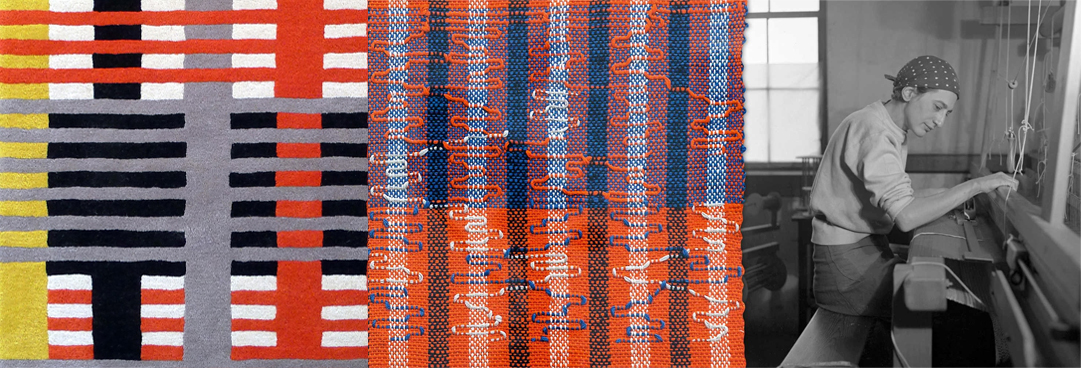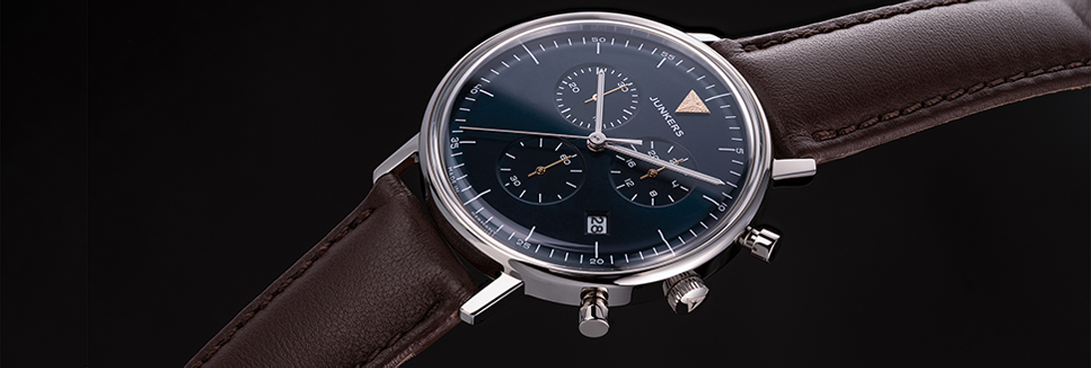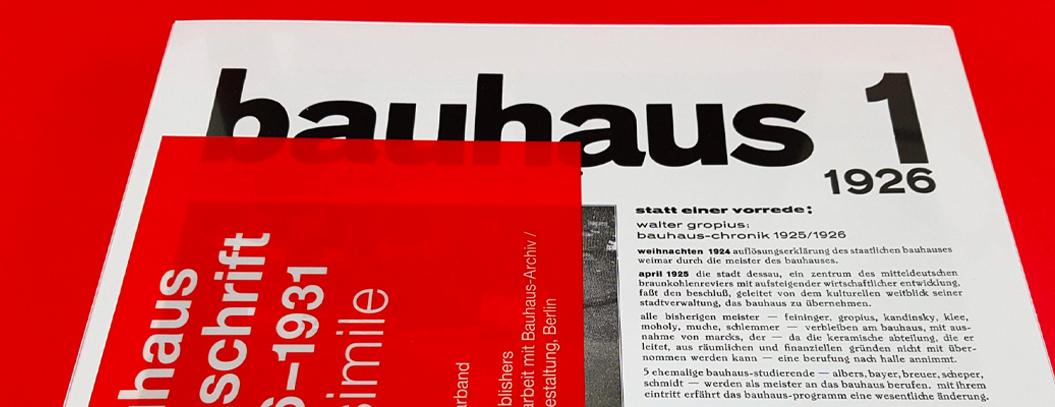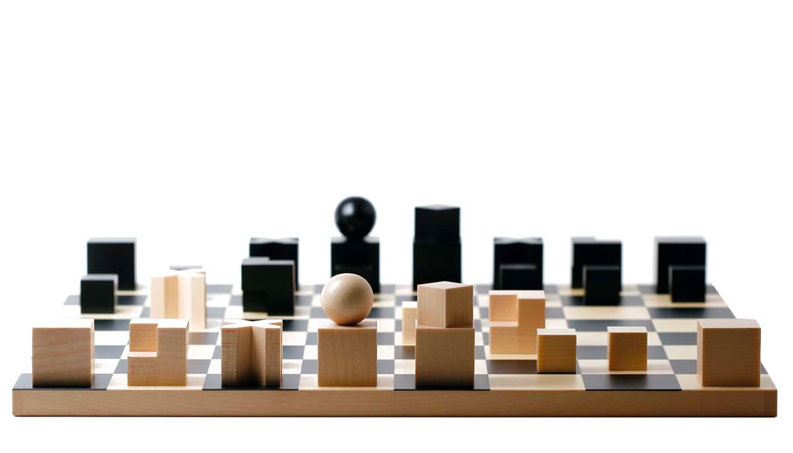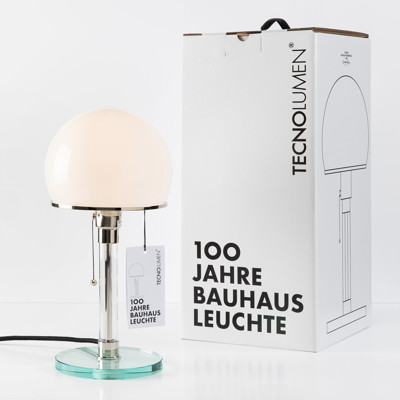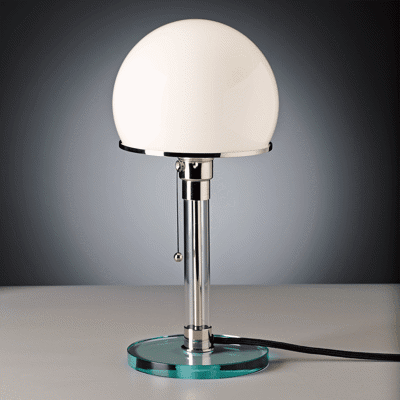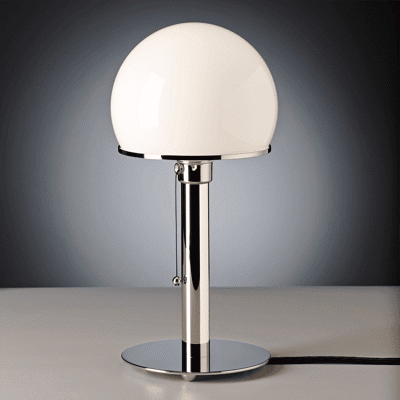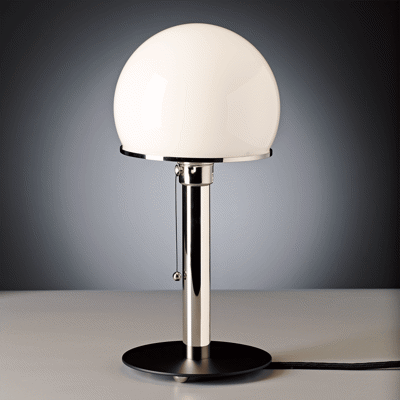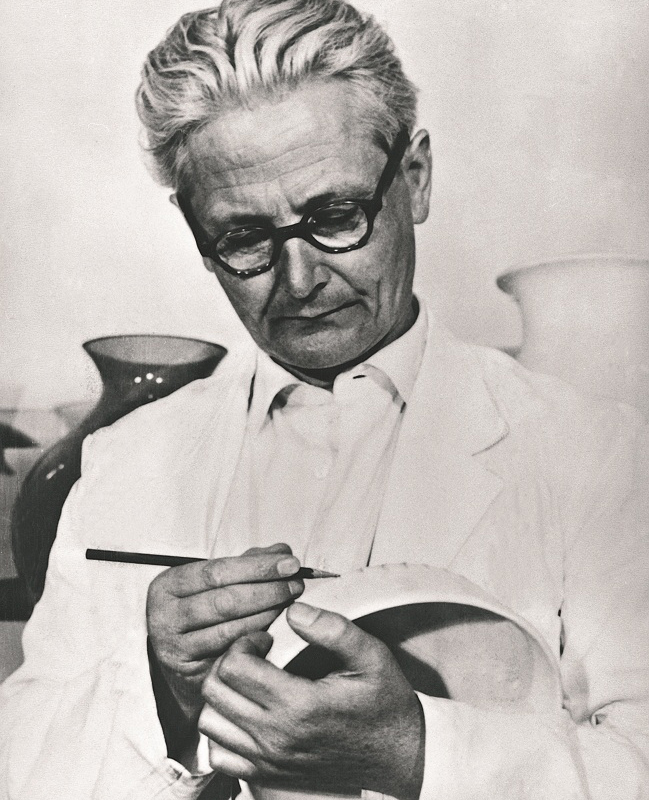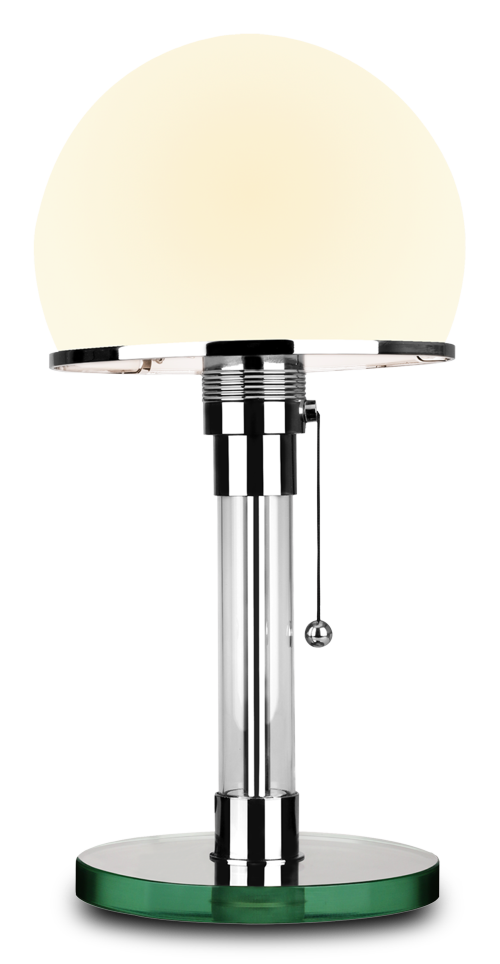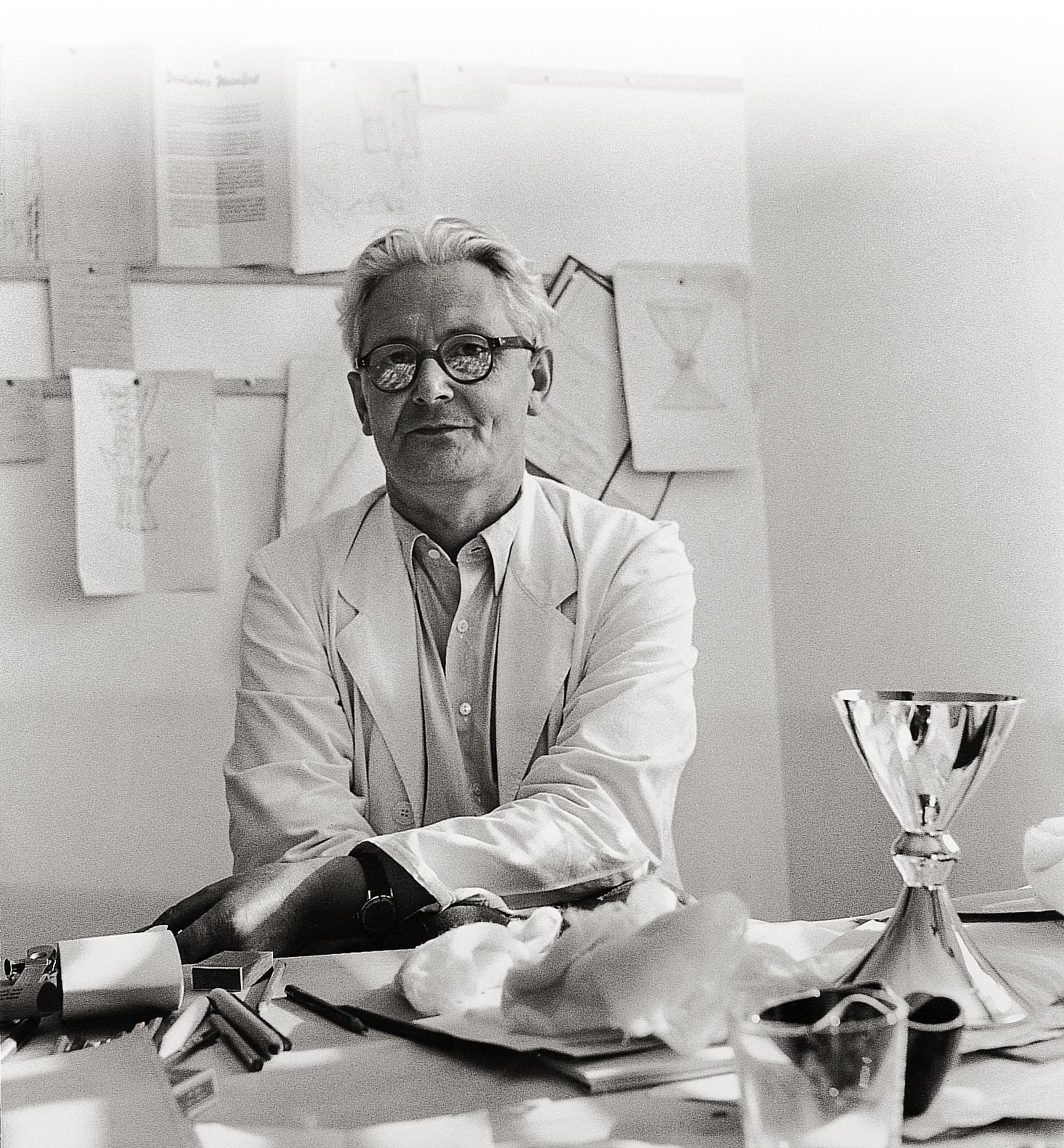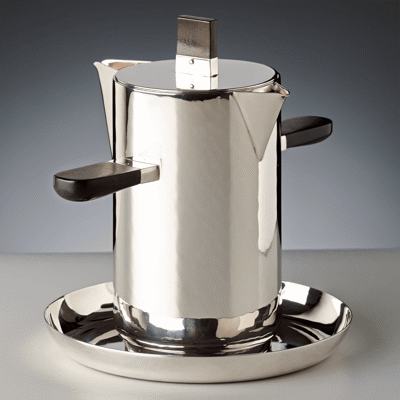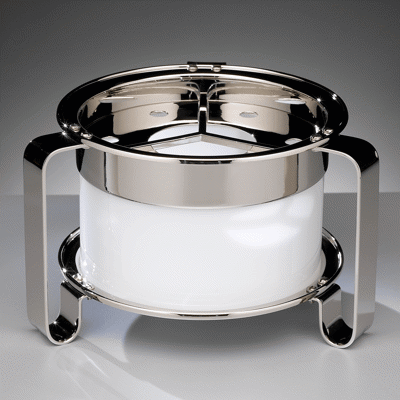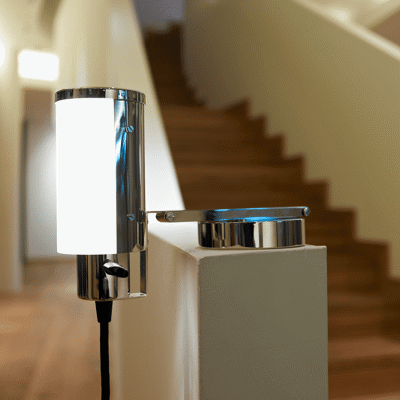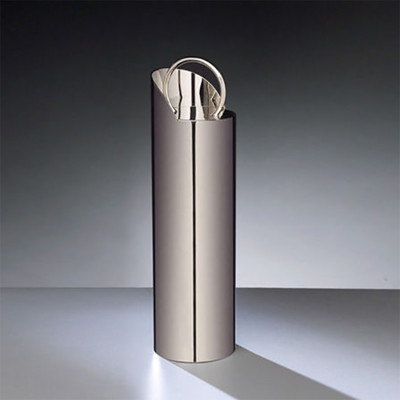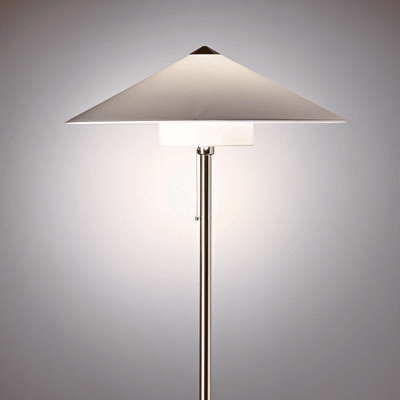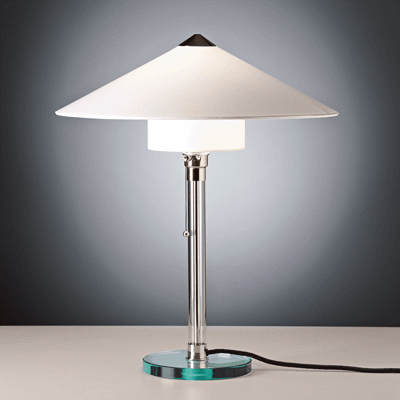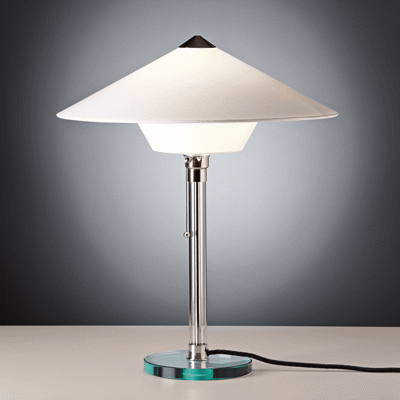Bauhaus Table Lamp by Wilhelm Wagenfeld – Crafted for Timeless Living
The iconic table lamp by Wilhelm Wagenfeld is considered one of the most enduring symbols of Bauhaus design. First developed in 1924 during his time as a student at the Bauhaus in Weimar, the lamp reflects a new approach to living — blending artistic expression with functional clarity. Its refined form, featuring a clear glass stem and dome-shaped shade, embodies the essential Bauhaus values of minimalism and innovation.
A Historical Design Born in Weimar
Under the mentorship of László Moholy-Nagy, Wagenfeld conceived this lamp not only as a piece of functional lighting but also as a cultural statement. Each component — from the base to the shade — was designed to be reproducible through industrial methods, yet handcrafted with care. The result is a Bauhaus masterpiece that still captivates with its simplicity and elegance.
Produced by TECNOLUMEN – Original & Licensed
All authentic models of the Wagenfeld Table Lamp are manufactured exclusively by TECNOLUMEN, a company renowned for its dedication to original Bauhaus craftsmanship. Every lamp bears the official TECNOLUMEN engraving and serial number, confirming its authenticity. This ensures that you are purchasing a certified piece of German design history, still handmade today using traditional methods.
Timeless Lighting for Modern Interiors
The Bauhaus table lamp remains a sought-after classic — whether for the home, office, or gallery. Its clean lines and balanced proportions make it ideal for both contemporary and vintage spaces. The lamp effortlessly adds character and purpose to any interior without overpowering it. A true design essential for those who appreciate clarity and form.
Discover More Bauhaus Originals
Our online gallery features a curated collection of licensed Bauhaus lamps and lighting objects by pioneers like Wagenfeld, Jucker, and Brandt. All models are produced by trusted manufacturers and offered with a certificate of authenticity. Explore our range and bring home the spirit of modernist design.



